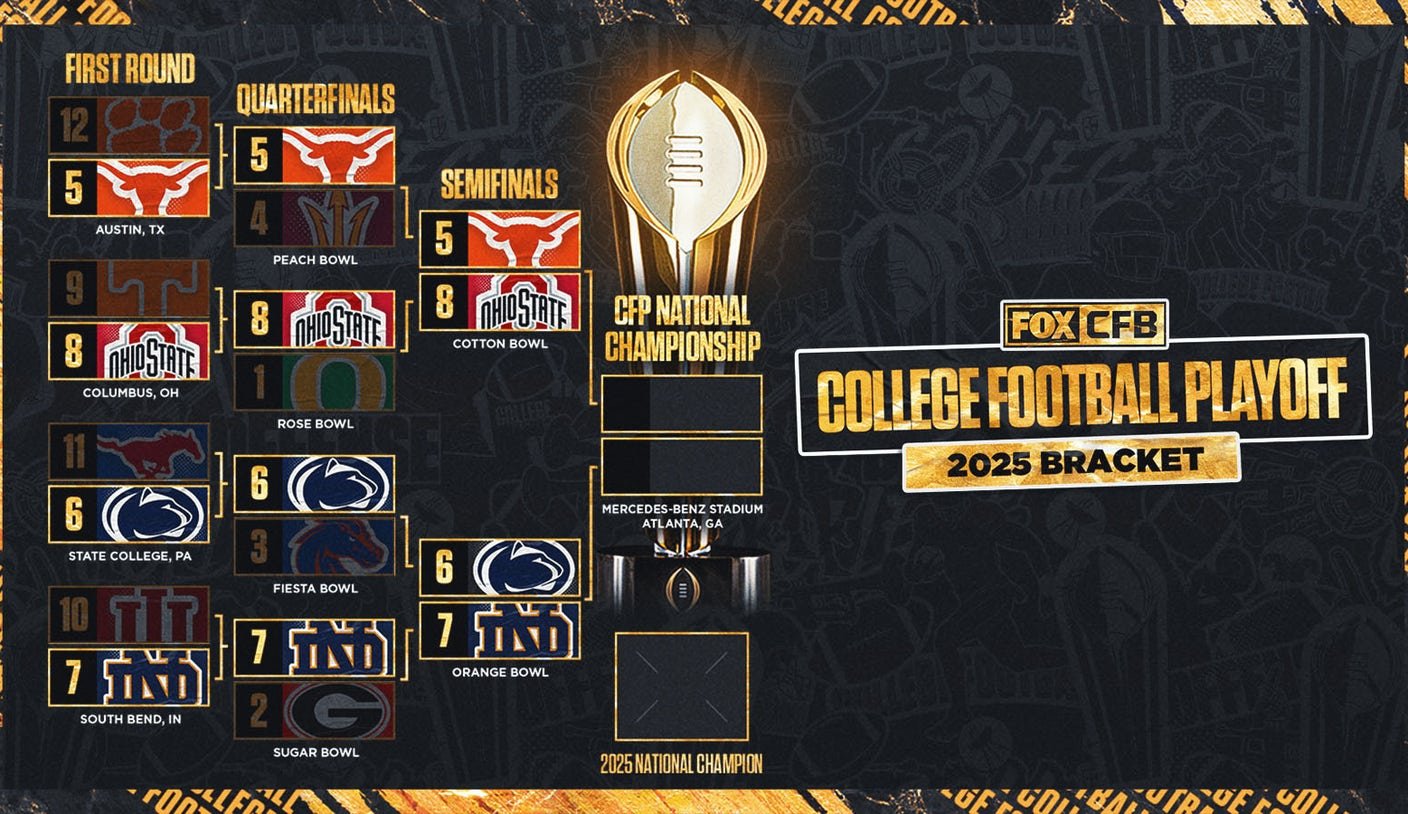Michigan State student Tamara Reid Bush, a mechanical engineering professor, played a pivotal role in designing crowd noise-controlling helmet inserts. Andrew Kolpacki, the head football equipment manager for the Spartans, often observed NFL quarterbacks struggling to hear plays over the deafening roar of enthusiastic fans. This common sight inspired him to seek a solution when the NCAA approved coach-to-player helmet communications for the upcoming 2024 season.
Aware of the challenges facing the Spartans’ quarterbacks and linebackers, Kolpacki reached out to Bush. She leads the Biomechanical Design Research Laboratory at Michigan State University and is also a dedicated football fan. When Kolpacki shared images of other teams using simple duct tape in their helmets, Bush quickly recognized the potential for a more effective solution.
The season kicked off with a home game against Florida Atlantic on August 30, where starting quarterback Aidan Chiles and linebacker Jordan Turner donned helmets equipped with the innovative inserts. These inserts were specifically designed to reduce the impact of crowd noise, allowing players to communicate more effectively during high-pressure situations.
DuBois, a student involved in the project, felt immense pride attending the game. “I told all my friends around me about how I designed what they were wearing on the field,” he shared, highlighting the sense of accomplishment that comes with seeing one’s work in action.
In total, Bush and DuBois produced approximately 180 sets of the noise-reducing inserts, adapting to the various helmet designs and colors used by Spartan players. Their collaborative efforts continued to evolve throughout the season, ensuring the inserts met the team’s needs.
Many other Bowl Subdivision programs are also adopting similar technologies. For instance, XO Armor Technologies, based in Auburn, Alabama, offers 3D-printed earhole covers to various college football teams, including prominent programs like Georgia and Clemson. Jeff Klosterman, the company’s vice president of business development, noted their goal is to establish long-term partnerships with these schools.
Initially approached by the Houston Texans to assist quarterback C.J. Stroud, XO Armor quickly found itself at the forefront of a growing trend in both college and professional football. Klosterman remarked on the unexpected success of their sound-deadening earhole covers, which are now utilized by around 60 teams each weekend.
In games, only one player from each team can communicate directly with coaches on the field. For Michigan State, this typically means Chiles on offense and Turner on defense. Interestingly, while Turner prefers inserts in both earholes, Chiles opts for just one, wanting to maintain some connection to the noise of the game.
Kolpacki noted the intensity of the crowd, stating, “It can be just deafening. That’s what those fans are there for—to create havoc and make it difficult for coaches to get a play call off.” Thanks to the innovative work of Bush and her team, managing that noise has become a bit easier for the players.
Bush described the inserts as a “win-win-win” situation for players, coaches, and students alike. “It’s exciting for me to work with athletics and the football team,” she expressed. “I think it’s really exciting for our students as well to take what they’ve learned and develop and design something and see it being used and executed.”









